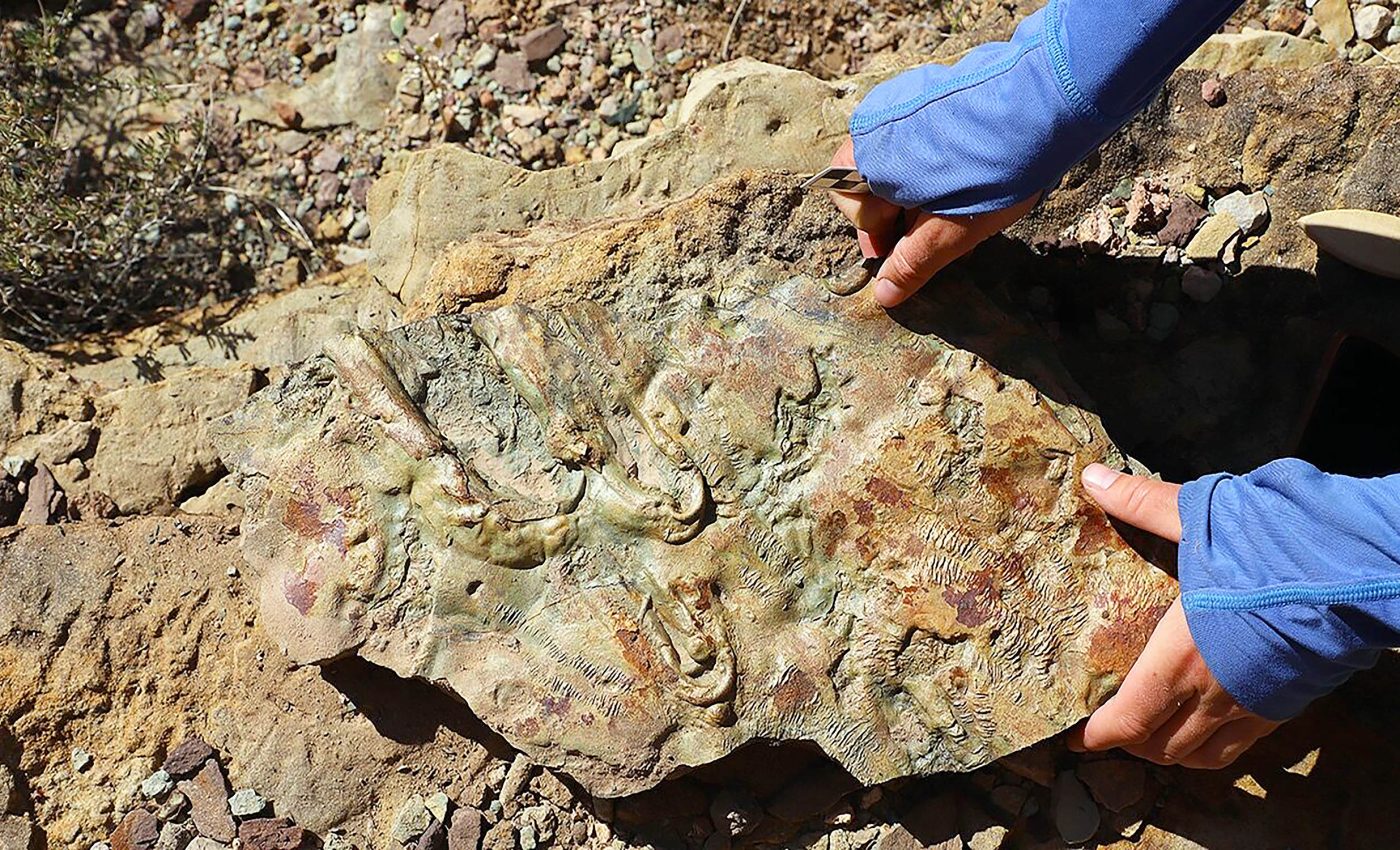
Grand Canyon rock discovery has rewritten geology textbooks
The Colorado River has been carving its way through northern Arizona for millions of years, but what really stops people in their tracks are the rocks of the Tonto Group in the Grand Canyon walls themselves.
From the rim you can trace ribbons of color stacked like oversized bar codes, each band a silent witness to oceans, deserts, and rivers that vanished long ago.
Hidden near the base of that stack lies the Cambrian-age Tonto Group, a set of rocks famous for holding clues to the burst of new life forms that reshaped Earth more than half a billion years ago.
Those rocks sit center stage in a fresh study that revisits a textbook idea about how the canyon’s oldest sedimentary layers came to be.
The work brings sharper timelines, a faster tempo, and a far livelier mix of environments than geologists first imagined in the mid-20th century. It also shows how much a familiar landscape can still teach us about how our planet works.
Tonto Group of the Grand Canyon
In 1945, Grand Canyon geologist Edwin McKee proposed that a single, steady rise in sea level turned a flat North American shoreline into a shallow sea.
He pictured beach sands grading into deeper-water muds, then limy seafloor deposits, all in one long, mostly uninterrupted sweep.
New measurements across more than 50 canyon sites reveal a different tale. Instead of one grand advance, the shoreline surged forward at least five separate times, leaving sandstone, shale, and limestone in tight, back-and-forth sequences that piled up in just a few million years.
“The Tonto Group of Grand Canyon holds a treasure trove of sedimentary layers and fossils chronicling the Cambrian Explosion some 500 million years ago, when the first animals with hard shells rapidly proliferated and sea levels rose to envelop continents with emerging marine life,” said Carol Dehler, a professor at Utah State University.
Her team’s mapping shows that some sand bodies were laid down by rivers or wind, while limestone long tagged as deep-water may have formed in sunlit tidal flats.
New model of the Tonto Group
“Our new model for the deposition of the Tonto Group is much more nuanced, showing a mixture of marine and non-marine settings, breaks or unconformities when no sediment was being deposited, and a much faster tempo of evolution,” said Karl Karlstrom of the University of New Mexico.
That nuanced view comes from pairing rock textures with fossil lineups – especially trilobites, the armadillo-like icons of early animal life.
Each pulse of shoreline advance coincides with distinct trilobite communities, turning the strata into a biological calendar as well as a geological one.
“Our findings are a reminder that science is a process,” added Denver Museum paleontologist James Hagadorn.
By matching rock packages across the canyon, researchers reconstructed a series of shifting rivers, lagoons, storm-swept shoals, and shallow seas – hardly the monotonous bathtub envisioned 80 years ago.
Trilobites and evolutionary rhythms
To capture the tempo of change, geochronologist Mark Schmitz and colleagues ground samples of sandstone to isolate microscopic zircon crystals.
“Our new tandem U-Pb dating methods are refining precise ages for each layer in the succession and for the transitions between trilobite biozones,” said Schmitz. “We are finding that different trilobite species radiated, then went extinct at a very fast, sub-million-year tempo.”
That speed challenges older views that Cambrian evolution lumbered along slowly; instead, life seems to have sprinted, paused, then sprinted again in rhythm with rising and falling seas.

“Sedimentary rocks are hard to date,” said Laurie Crossey. “But the deposition of the sediment and the fossils entombed within it must be younger than the age of the youngest grain, so, with many dates, we can bracket sedimentary ages.”
By combining those brackets with fossil counts, the team stitched together a timeline showing entire faunal turnovers unfolding in less than 800,000 years – a geological blink.
Why does the Tonto Group matter?
To sum it all up, the 500-meter-thick (1,640 feet) layers of the Tonto Group hold extraordinary clues about Earth’s ancient climate.
They reveal a time when sea levels surged and tropical storms – likely even more intense than today’s fiercest hurricanes – swept across a world without land plants.
During this ice-free era of extreme heat, oceans flooded vast swaths of the continents, laying down sediments like those in the Tonto Group.
These shallow, warm marine environments helped spark a dramatic burst in animal diversity across the planet.
That perspective resonates as modern seas creep higher and storms grow fiercer. The updated Grand Canyon model reminds us that coastlines can shift in rapid, stepwise jumps rather than smooth climbs, reshaping habitats in short order.
It also highlights how new tools – high-precision dating, computer cross-sections, and old-fashioned fossil hunting – can breathe new life into rocks studied for generations.
The canyon’s colored bands may still look like even stripes. Yet just beneath the surface lies a story of swift change, biological innovation, and the relentless push-and-pull between land and sea – one that scientists are only now beginning to read in full.
The full study was published in the journal GSA Today.
—–
Like what you read? Subscribe to our newsletter for engaging articles, exclusive content, and the latest updates.
Check us out on EarthSnap, a free app brought to you by Eric Ralls and Earth.com.
—–













